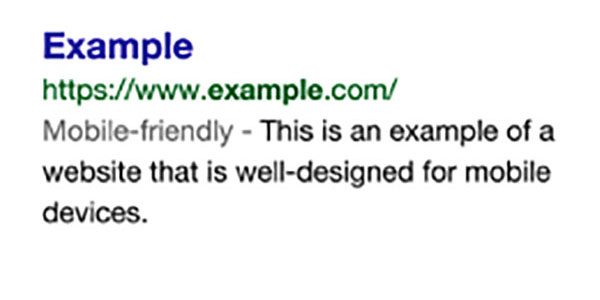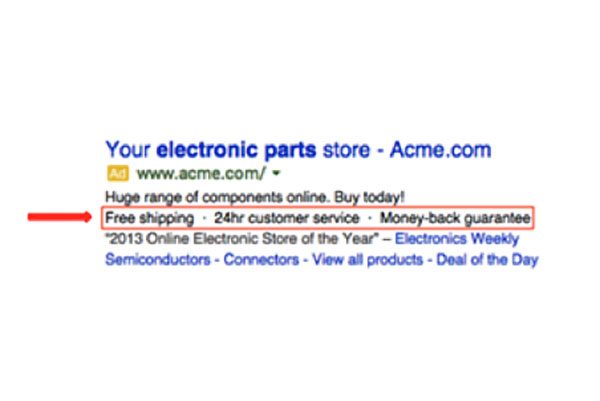What you need to know about new SEO updates
 Google made a lot of exciting developments in 2014 to make for a more productive 2015! Here are a few of those changes highlighted below:
Google made a lot of exciting developments in 2014 to make for a more productive 2015! Here are a few of those changes highlighted below:
Pigeon
In 2014, Google launched one of the biggest updates to local search results since 2012. This local algorithm update, or as Search Engine Land calls it, “Pigeon,” is aimed to increase the rankings of local listings in a search. The overall goal is to improve the search experience of local searchers by providing more relevant, accurate and useful local search results. Pigeon is said to also affect search results within Google Maps searches and Google Web searches, connecting them in a more cohesive way. The update works within Google maps by improving the distance and location ranking parameters, making it easier to differentiate between local neighborhoods.
Penguin 3.0 Update
Google’s Penguin 3.0 algorithm update furthered Google’s efforts to penalize websites with spammy inbound links, especially if they were paid for as part of a link-building scheme. To avoid being penalized, ensure that all outside sites linking to your website are reputable. Penguin 3.0 also helped sites that cleaned up their link profile after being penalized by previous updates to recover in the rankings.
Panda 4.1 Update
The Google Panda Update launched in 2011 was created to help prevent poor quality (or “thin”) content from showing up in Google’s top spots. Panda’s 4.1 update released in September 2014 was able to “… help Panda identify low-quality content more precisely. This results in a greater diversity of high-quality small- and medium-sized sites ranking higher, which is nice.” The 4.1 update continues to refine the search results to allow for sites with higher quality content to succeed.
Mobile-Friendly Searching
In November 2014, Google started with a new label for mobile searches. Now, Google is labeling whether a site is mobile-friendly. Here is an example of the label:
Google has recognized that websites that aren’t mobile-friendly are hard for the user to navigate and read using their phone or mobile device. Since mobile traffic has just continued to increase over the past few years, this means having a mobile-friendly site is even more important than ever before.
Callout Extensions
Callout Extensions are a new way that Google is helping your ads pop on the results pages. This feature allows you to promote detailed information about your business, such as “free shipping” and “24-7 customer service,” above or below your ad. The length is limited to 25 characters or less, so we have to keep it short. We have implemented this feature with all of our current campaigns and have seen great results! Here is an example of a Callout Extension:
Google Paid Ad Redesign
Google Paid Ads are known by their position at the top and right side of the search results page and by their yellow shaded background—but not anymore! Taking a cue from the way Google Mobile Ads are displayed, you will now see Google ads on your desktop with a simple “ad” box beside the URL of the promoted site. Also, hyperlinks are no longer underlined and font is a light gray instead of black. Paid ads remain a powerful way to promote business.
Laura Reinders is the marketing manager for PowerSports Network and Traffic Log Pro. The PSN Search Services Team collectively contributed to this blog.
Contact: lreinders@powersportsnetwork.com
Website: psnsales.com










